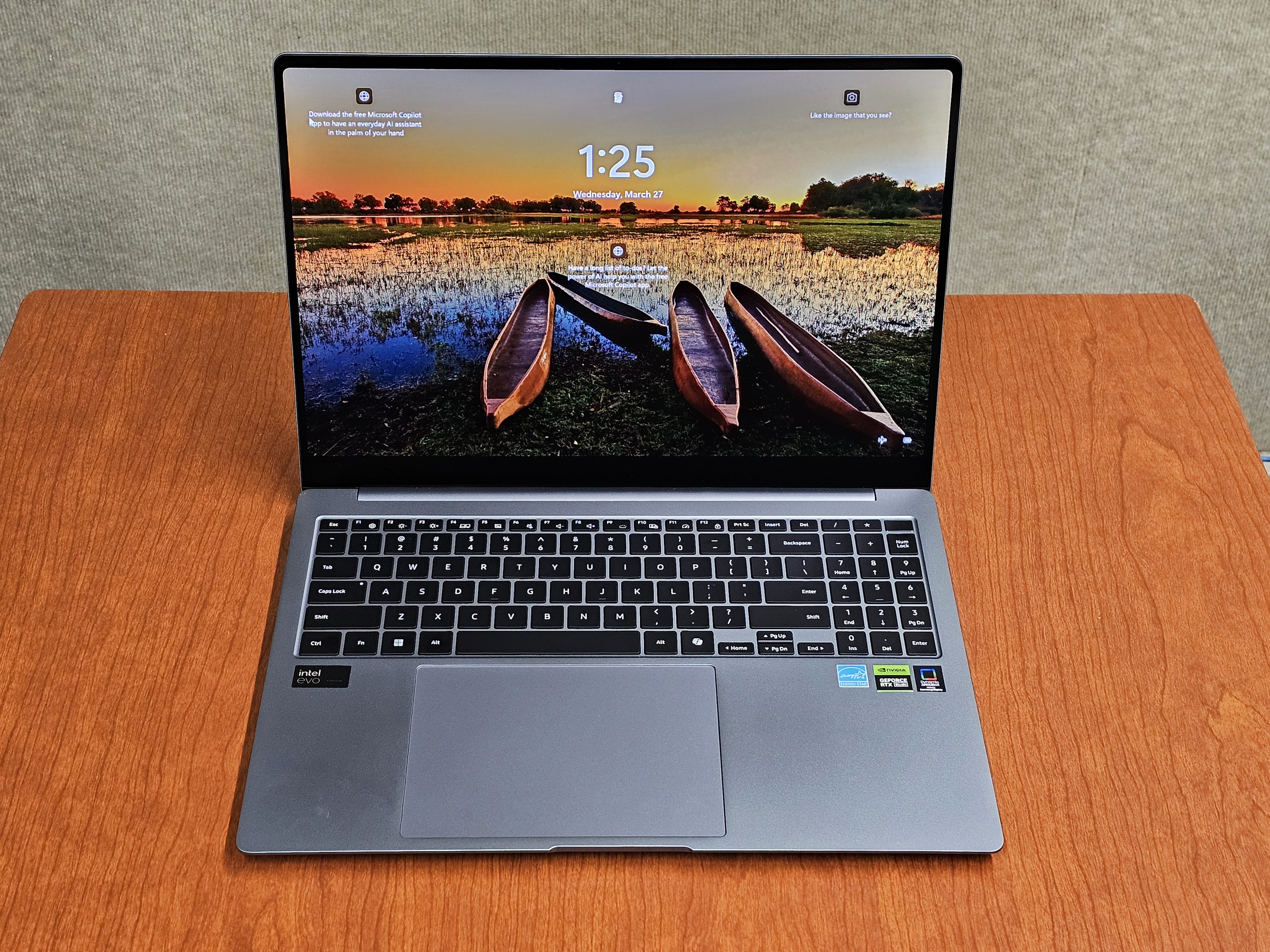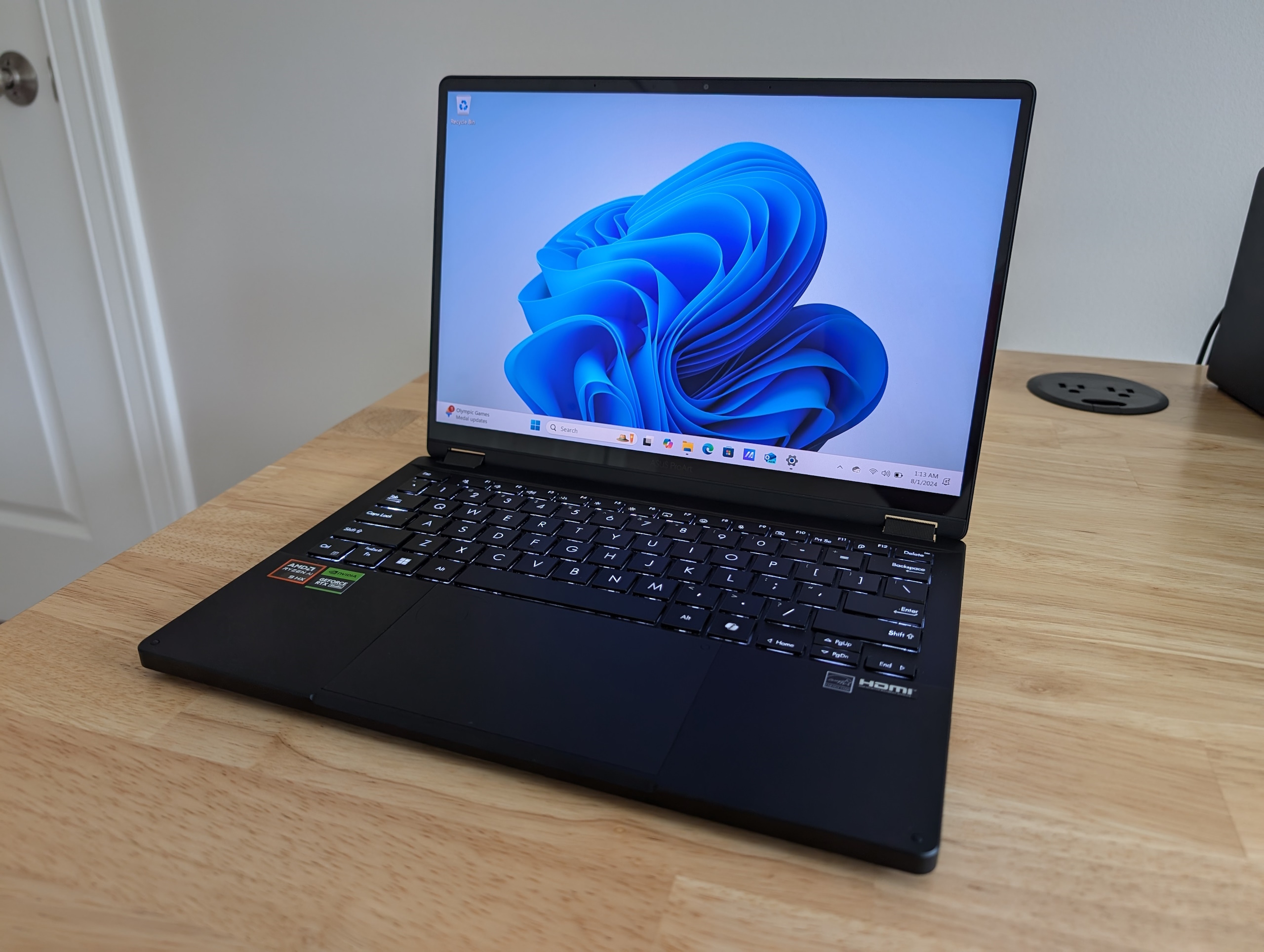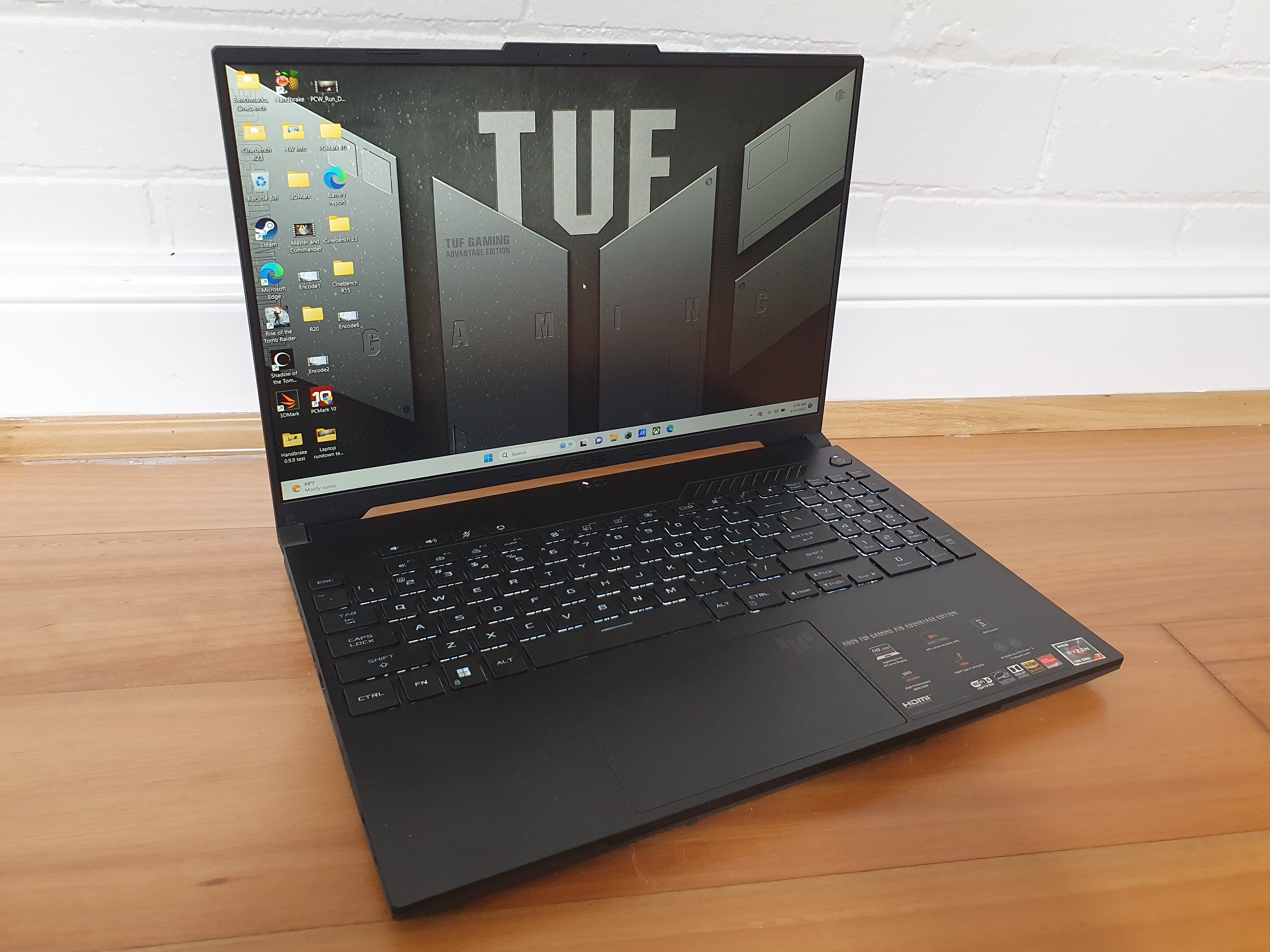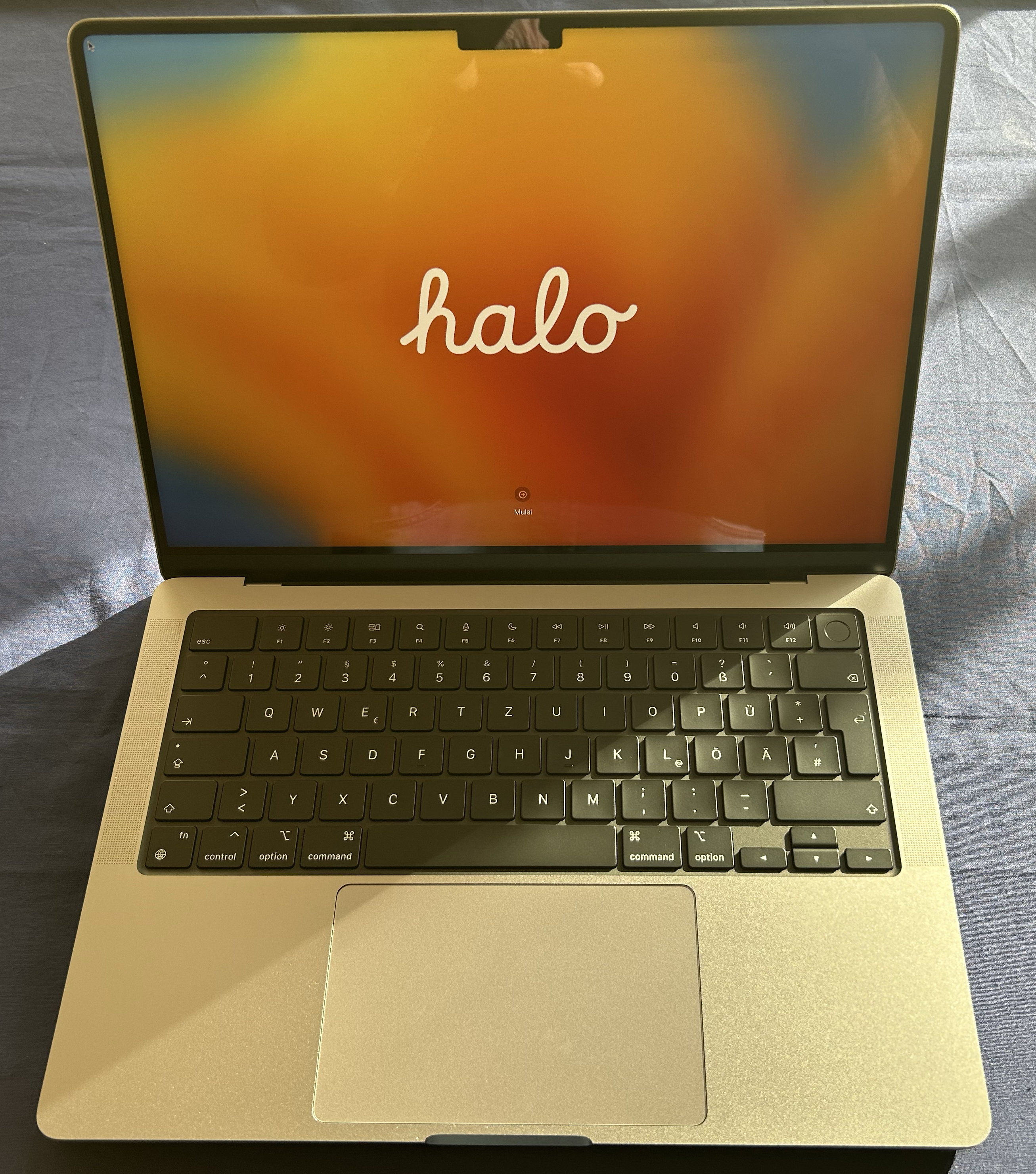Best laptops for video editing 2024: Work faster with these expert picks
Video editing can put quite a heavy burden on any computer. So, when shopping for a laptop for video editing, you’ll want to make sure you’re loading up on enough heavy hardware firepower to get the job done. While you might not need the absolute top-of-the-line gear, simply buying a gaming laptop and calling it a day is probably not going to cut it. Beyond just processor and graphics performance, serious video editors need to take into account a few things such as the quality of the display, port selection, and onboard storage capacity.
Why you should trust us: PCWorld has been covering PCs since 1983, and reviews more than 70 notebooks a year in our never-ending quest to find the best laptops. Our expert reviewers evaluate every machine using a combination of performance benchmarks and rigorous usability standards, with an eye toward identifying the best laptops for specific needs and at various price points. We also edit lots of videos ourselves, with the results appearing on PCWorld’s YouTube channel. Take a look at our top picks for video editing below, followed by buying advice and more details about our testing process.
If you’re on a budget or just looking to save some money, you may also want to check out our daily roundup of the best laptop deals to scope out any discounts on content creation notebooks.
Update August 28, 2024: We replaced the Best Laptop for Video Editing pick with the Asus ProArt P16 ($2,299.99). It’s a fantastic choice for creative professionals and prosumers because of its stunning 4K OLED display and wide array of connectivity options. We’ve also updated our list of recent laptop reviews, so be sure to check those out near the bottom of the page!
The best laptops for video editing Asus ProArt P16 – Best laptop for video editing


Pros
- Big touchpad with virtual scroll wheel
- Gorgeous 4K OLED display
- More connectivity than the competition
- Good battery life
Cons
- Chassis is light, but doesn't look remarkable
- CPU performance falls behind the best
- Can get hot under load
The Asus ProArt P16 is a phenomenal choice for creative professionals and prosumers because of its stunning 4K OLED display, diverse selection of connectivity options, and long battery life. The 16-inch 3840×2400 display “boasts an incredible color gamut and deep contrast,” according to our review. It also has a taller 16:10 aspect ratio, which is great for multitasking and productivity tasks alike.
You’ll find the following ports on this machine: two USB-C, two USB-A, one HDMI, a crucial SD card reader, and a 3.5mm audio combo jack. One of the USB-C ports even supports USB 4.0, which is capable of transmitting up to 40 Gbps. This machine also lasted over nine hours on a single charge. That’s a pretty good result given the powerful hardware inside.
Who should buy the Asus ProArt P16Serious content creators! The display alone is an “excellent choice for a laptop aimed at professional creatives and consumers,” according to our review (which was written by a content creator). The resolution is great when editing high resolution photos. Although it can run hot under heavier loads and the overall look is on the boring side, it’s still worth your consideration, especially if you need the sharpness of a 4K display.
Read our full Asus ProArt P16 review Samsung Galaxy Book4 Ultra – Best laptop for video editing (if you don't need 4K)


Pros
- Fantastic battery life
- Solid GPU performance
- Gorgeous OLED screen that can be used outdoors
- Great audio
- AI-powered Core Ultra inside
Cons
- Chargers keep getting bigger
- Still not a great keyboard
The Samsung Galaxy Book4 Ultra offers powerful performance as well as a gorgeous OLED display. Thanks to the Intel Core Ultra 9 185H CPU and the Nvidia GeForce RTX 4070 GPU, it’s well equipped to handle any video editing task you throw at it. Plus, the 16-inch OLED display has a resolution of 2880×1800 and a refresh rate of 120Hz–so you can expect a crisp-looking picture with rich colors. Sure, it’s not 4K, but it’s still a fantastic screen for content creation. Battery life is absolutely absurd, too. This machine lasted a whopping 18 hours and 54 minutes on a single charge. Wall outlet? Who is she?
Who should buy the Samsung Galaxy Book4 UltraAnyone looking for a powerful, long-lasting laptop and doesn’t need to edit 4K videos. In addition to the stunning OLED display and the long battery life, the audio is also quite punchy, sounding great up and down the audio range. If you switch on the Dolby Atmos feature, you’ll hear even richer sound. Though content creators may not necessarily need good audio (or likely use dedicated headphones), it’s still a nice perk.
Alternative option: The Lenovo Yoga Pro 9i ($1,699.99) is another great laptop to consider. It comes decked out with a 16-inch 3200×2000 165Hz refresh rate display, 32GB of RAM, and tons of ports (including an SD card reader). Compared to our current pick, the Yoga Pro 9i has a sharper screen with a faster refresh rate. That said, it only managed nine hours on a single charge. It’s an acceptable result, but it’s nothing like the Samsung Galaxy Book4 Ultra’s 18 hours and 54 minutes.
Read our full Samsung Galaxy Book4 Ultra review Asus ProArt PX13 – Best ultraportable laptop for video editing


Pros
- Excellent multithreaded CPU performance
- Beautiful OLED display
- Discrete Nvidia GPU for creative tasks
- Weighs just 3.04 pounds
Cons
- Lower battery life than a Snapdragon X laptop
- Fans can be loud
- No Copilot+ PC AI features at launch
The Asus ProArt PX13 is a creators laptop, full stop. It comes with the latest AMD Ryzen AI 9 HX 370 CPU, an Nvidia GeForce RTX 4050 GPU, 32GB of RAM, and 1TB of SSD storage — in other words, it’s powerful with a capital P. In addition to the impressive internal components, it also has a 13.4-inch 1880p OLED display with touchscreen and stylus support as well as a lightweight form factor. In fact, it weighs just 3.04 pounds, making it a fantastic option for those who are always on-the-go. Other cool features include Wi-Fi 7 connectivity and a 1080p webcam.
Who should buy the Asus ProArt PX13Anyone that needs a portable powerhouse for creative work, and doesn’t need a 4K display (or is willing to connect the laptop to a 4K monitor). If you commute into the office, you can easily toss this laptop into a bag and be on your merry way. It also has a lot of connectivity options, which is useful for video editors that need to offload their work. The port selection includes two USB Type-C, one USB Type-A, one combo audio jack, one HDMI 2.1, one microSD reader, and one power in. The ProArt PX13 also has a 360-degree hinge, which allows you to use it like a tent or lie it flat on a surface.
Read our full Asus ProArt PX13 review Asus TUF Gaming A16 Advantage Edition – Best budget laptop for video editing


Pros
- All-day battery life
- Stunning display
- Durable build
Cons
- 720p webcam
- Keys feel too soft
The Asus TUF Gaming A16 Advantage Edition is a good option for those on a tight budget, as it ticks off all of the right boxes for a sub-$1,000 machine. For one, colors appear rich and varied on the 16-inch 1200p FHD display. Sure, it’s not 4K, but it’s still a good screen–our reviewer was surprised by the “depth of the blacks and greys.” As for internals, the AMD Radeon RX 7600S GPU and the AMD Ryzen 7 7735HS CPU should blitz right through graphically demanding tasks like video editing. It also lasted a whopping 11 hours on a single charge, which is shocking for a gaming laptop.
Who should buy the Asus TUF Gaming A16 Advantage EditionAnyone who’s looking to save money on a capable and long-lasting laptop. You don’t have to go outlet hunting because of the long battery life and the 1200p display offers nothing but stunning visuals. While the keys feel a bit mushy and the 720p webcam won’t be doing you any favors on video calls, we feel as though the pros far outweigh the cons, especially given the reasonable price point.
Alternative option: If you’re willing to spend a bit more for a shaper display and longer battery life, the Dell Inspiron 16 Plus ($1,199.99) is definitely worth picking up. The 16-inch 260×1600 IPS display has a 120Hz refresh rate and the massive 90 watt-hour battery lasted just over 17 hours on a single charge, which is nothing to sneeze at. However, it does cost more than our current pick, so it may not be the best option for the budget-conscious buyer.
Read our full Asus TUF Gaming A16 Advantage Edition review Apple MacBook Pro (M3, Pro) – Best MacBook for video editing


Pros
- Good performance
- 18GB of RAM
- Runs quiet
Cons
- Low performance advantage over M2 Pro
The Apple MacBook Pro (M3, Pro) will kick you in the teeth with its power (in the best way possible). Inside, you’ll find a 14-core GPU as well as 18GB of RAM and 512GB of SSD storage. That amount of RAM will keep things running nice and smooth while the beefy GPU will chew right through any intense edits, though intense video editors will want to upgrade to a model with more storage or invest in an external SSD for added capacity. The 14.2-inch Liquid Retina XDR display also has a ridiculously high resolution of 3024×1964, so editing should be a delightful experience. It even comes with three Thunderbolt 4 ports for speedy data transfers.
Who should buy the Apple MacBook Pro (M3, Pro)Anyone who prefers Apple’s ecosystem. This configuration shows a 44 percent increase in performance (according to Geekbench’s Compute Metal test) compared to the M3 (sans Pro) model. You’ll also be able to see every detail of your photo or video editing work thanks to the gorgeous Liquid Retina XDR display. Battery life isn’t too shabby, either. The M3 Pro MacBook Pro will last you over ten hours on a single charge, which is more than a full work day.
Alternative option: If you’re looking for a bigger screen, then you should check out the MacBook Pro, M2 Pro. The Liquid Retina XDR display measures 16.2-inches and has a resolution of 3456×2234, so visuals should be sharp as knives. The M2 Pro also comes loaded with a powerful 19-core GPU.
Read our full Apple 14-inch MacBook Pro (M3 Pro, 2023) review Recent laptop reviews- Acer Nitro 14: The Acer Nitro 14 delivers great RTX 4060-powered gaming performance at a low retail price. This machine makes many compromises to keep the price down, but they’re all reasonable.
- Dell XPS 13: The Intel-powered Dell XPS 13 was already a letdown next to the competition, and this Snapdragon-powered XPS 13 winds up downgrading most of the package without a meaningful reduction in price. It just makes a disappointing experience worse.
- Asus ProArt P16: The Asus ProArt P16 makes smart trade-offs to deliver a feature-rich laptop at a more reasonable price.
- Asus Zenbook S 16: The Asus Zenbook S 16 is an attractive laptop, but the Ryzen AI 9 delivers mediocre performance and external temperatures peak at 130 degrees under load.
- HP Omnibook X: The HP Omnibook X is an effective laptop and makes decent use of its Snapdragon processor to run for hours on end, but it’s not setting itself dramatically apart and skimps in other areas enough that it just doesn’t stand out.
- HP Pavilion Laptop 16: The HP Pavilion Laptop 16 is a jack of all trades with a big display and comfortable spacious keyboard packed with options. It also has a long battery life and enough power to comfortably handle most leisure and office applications.
The PCWorld team puts each and every Windows laptop through a series of benchmarks that test GPU and CPU performance, battery life, and so on. The idea is to push the laptop to its limits and then compare it against others we’ve tested. Chromebooks, on the other hand, go through a series of web-based tests. It wouldn’t be fair or possible to run the same kinds of tests on a Chromebook, as they’re Chrome OS-based machines.
Below, you’ll find a breakdown of each test and the reasons why we run them. For a much deeper look at our review methodology, check out how PCWorld tests laptops.
Windows laptops- PCMark 10: PCMark 10 is how we determine how well the laptop handles lighter tasks like web browsing, word processing, spreadsheets, and so on.
- HandBrake: HandBrake is more intensive than PCMark 10. It basically measures how long a laptop’s CPU takes to encode a beefy 30GB file.
- Cinebench: Cinebench is a brief stress test of the CPU cores. It does this by rendering a 2D scene over a short period of time.
- 3DMark: 3DMark checks if 3D performance remains consistent over time by running graphic-intensive clips.
- Video rundown test: To gauge battery life, we loop a 4K video using Windows 10’s Movies & TV app until the laptop dies.
The first thing to look for in a laptop for video editing is its CPU and GPU. The faster your hardware, the faster your edits.
If your workload is primarily CPU-driven, we’d recommend springing for the Intel Core i7 or the Intel Core i9. HX is designed for raw horsepower, which id deal for gaming and content creation, and the Ultra is built around power efficiency. For a more in-depth look at the difference between the two processors, we’ve done a thorough compare and contrast piece that really lays it all out. For those on a strict budget, you can get by with an Intel Core i5, but it’s going to be slower.
You probably won’t need a dedicated graphics card everyday video editing, but if you work on motion graphics, then the extra firepower really comes in handy. For most video editing projects, we’d suggest the Nvidia GeForce RTX 4070 or higher, though having any RTX GPU onboard can help accelerate some specific workloads. For those who prefer AMD over Nvidia, we’d recommend the AMD Radeon RX 7600S or higher. Unless you’re looking to play AAA games on the side, you don’t really need the best graphics card out there. A mid-range GPU will serve most people.
Another thing to consider is storage size. A 4K video, for example, will require more storage space than a 1080p video. In other words, you’re going to need quite a bit of storage, otherwise your laptop might get too bogged down. For those who work with 4K resolution, you should go for at least 1TB of SSD or higher. You could probably get by with just 512GB of SSD storage, but you’ll probably need to keep offloading files onto an external storage device.
RAM is important too, as it determines how fast your laptop will generally run. Video editors tend to work with large files, which can cause your laptop to slow down. That’s why we’d recommend at least 16GB of RAM. However, if you’re editing 4K video, you’ll definitely want 32GB of RAM or more. More RAM reduces the likelihood of bottlenecks, which can be a real pain in the neck when you’re in the middle of an important edit.
2. What kind of display should I get?You’re going to want a display that’s both bright and color accurate. For example, a display that’s close to 100 percent of the sRGB spectrum is ideal. While a 4K display isn’t necessary, we’d strongly recommend it for serious video editing. A high resolution display will produce sharper images, which helps reduce eye strain, and allow you to edit 4K video at full resolution. A larger screen like a 15- or 17-inch is preferable as well, as it provides better visibility for editing.
3. What do the experts recommend?PCWorld video director Adam Patrick Murray stresses that an ideal laptop for video editing includes an SD card reader for grabbing video off of a camera. He also recommends opting for a notebook with a 4K, 60Hz panel over the ultra-fast 1080p panels often found on gaming laptops that would otherwise be ideal for video editing. You need a 4K panel to edit 4K videos well and blazing-fast refresh rates don’t mean anything for video editing like they do for gaming. If color accuracy matters to you—it might not if you’re only creating casual videos for your personal YouTube channel, for example—then support for the full DCI-P3 color gamut is also a must along with Delta E < 2 color accuracy.
You won’t often find those sorts of specs listed for (or supported by) gaming laptops, but dedicated content creation laptops should include that information. That said, if you want the fastest possible laptop for video editing that can also satisfy your gaming proclivities, you can always pair that burly gaming laptop with a color-accurate external monitor for creation tasks.
